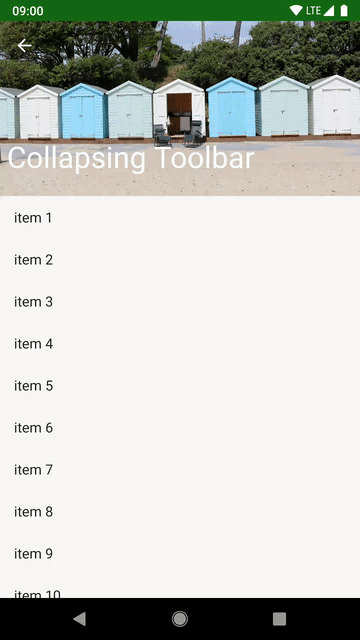Free flash mac. Examples: -showpaths=y-a always shows absolute paths.showpaths=n never shows paths.p dir Change to directory before doing anything.f file Specify the name of the checksum file to test or create. Google chrome 79 download mac. If file is -, stdin (for -T) or stdout (for -C) will be used.
The following XML snippet is a very simple Ant build file that demonstrates use of to display an Ant path's contents via the normal mechanisms used to display Ant properties. Projects+ Todo+. Bird's-eye view over your projects, view all your todo files aggregated into one. Follow the instructions in the Marketplace, or run the following in the command palette. Ext install fabiospampinato.vscode-projects-plus ext install fabiospampinato.vscode-todo-plus ext install fabiospampinato.vscode-projects-plus-todo-plus. Path displays the MATLAB ® search path, which is stored in pathdef.m. The ultimate collection of CADPower videos, scripted workflow demos and how-to snippets that provide you with solutions to overcome some of the basic and daily challenges in using.dwg CAD.
| MTrack2 | |
|---|---|
| Project | Fiji |
| URL | https://imagej.net/MTrack2 |
| Source | on GitHub |
| License | GPLv3 |
| Release | 2.0.1 |
| Date | Sat Apr 29 22:56:16 CDT 2017 |
| Development status | Stable |
| Support status | Partial |
| Team | |
| Founders | Nico Stuurman, Johannes Schindelin |
| Leads | - |
| Developers | - |
| Debuggers | - |
| Reviewers | Daniel James White |
| Support | Daniel James White |
| Maintainers | Curtis Rueden |
| Contributors | Nico Stuurman, Johannes Schindelin, Chris Elliott, Mark Hiner |
This plugin is for tracking objects in 2D over time.
Show Paths Illustrator

Mtrack2 is based on the MultiTracker plugin by Jeffrey Kuhn which is based on the Object tracker plugin by Wayne Rasband. In contrast to the Multitracker plugin, the number of objects may vary between successive frames (objects may appear or disappear). Mtrack2 will identify the objects in each frame, and then determine which objects in successive frames are closest together. If theses are within a user-defined distance (the maximum velocity of the objects) they are assembled into tracks. When multiple objeccts are within the distance determined by the maximum velocity, the closest object is selected and the object is flagged in the output.
Only tracks larger than the user-defined 'Minimum track length' are reported.
Results can be saved to file instead of being displayed in the results window (for large datasets, this can speedup the plugin considerably).
Results are displayed over no more than 225 columns, so that also the most widely used spread-sheet program can deal with the output.
The variables in the initial dialogue can be set from a macro, and the dialogue can be bypassed altogether. The following macro shows how to do this and also lists all the parameters that can be set from a macro:
See also
Join the DZone community and get the full member experience.
Join For FreeIn the blog posts Java and Ant Properties Refresher and Ant <echoproperties /> Task, I wrote about how being able to see how properties are seen by an Ant build can be helpful in understanding that build better. It is often the case that it'd also be valuable to see various paths used in the build as the build sees them, especially if the paths are composed of other paths and pieces from other build files. Fortunately, as described in the StackOverflow thread Ant: how to echo class path variable to a file, this is easily done with Ant's PathConvert task.
The following XML snippet is a very simple Ant build file that demonstrates use of <pathconvert> to display an Ant path's contents via the normal mechanisms used to display Ant properties.
build-show-paths.xml: Ant build.xml Using pathconvert

The simple Ant build file example shown above creates an Ant path named 'classpath'. It then uses the pathconvert task to create a new property ('classpath.path') that holds the value held in the 'classpath' path. With this done, the property 'classpath.path' can have its value displayed using Ant's echo task as demonstrated in 'Java and Ant Properties Refresher.'
When debugging issues with Ant builds, use of Ant's -verbose is often handy. However, sometimes -verbose is a heavier solution than is actually required and often the simple ability to easily identify what properties and paths the Ant build 'sees' can be very helpful in diagnosing build issues.

Show Paths In Finder

Published at DZone with permission of Dustin Marx, DZone MVB. See the original article here.
Show Paths In Explorer Pane
Opinions expressed by DZone contributors are their own.
Popular on DZone




